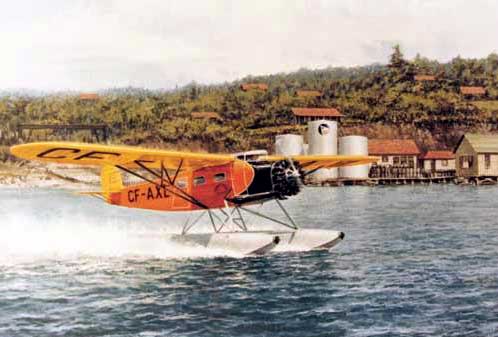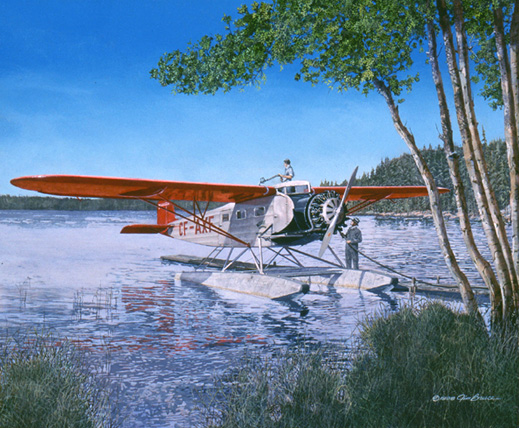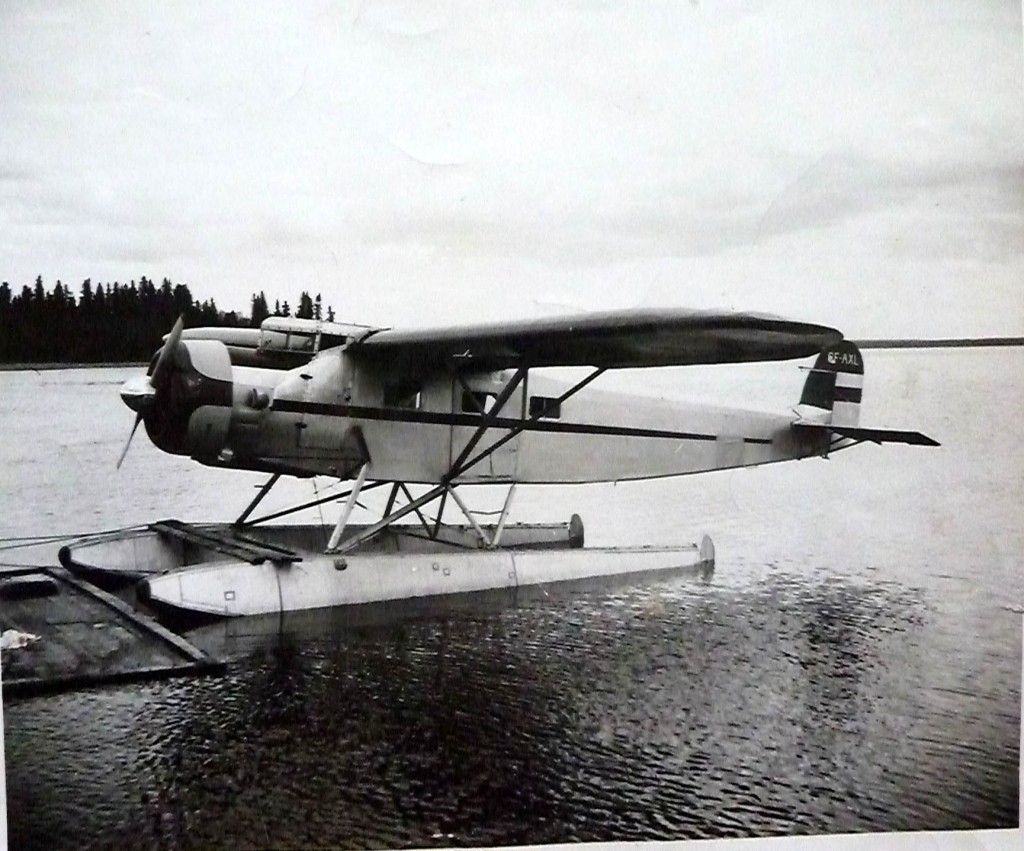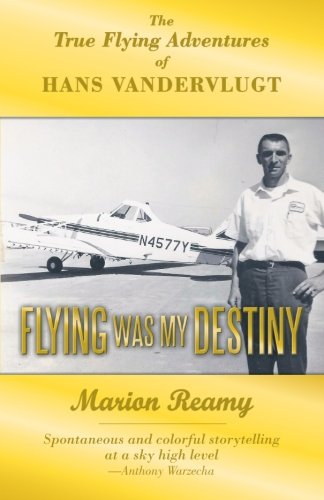Posts Tagged ‘Fairchild 82’
Harold David McNeill: About the Author

Photo (2014): Winter Storm Watch in Tofino, British Columbia
An avid West Coast and Prairie Explorer, there are few parts of Western Canada that Harold has not touched by land, sea, or air. Many dozens of these adventures with family, friends, work, and volunteerism, are chronicled on this blog and in hundreds of Facebook posts.
Many of the stories are now being rewritten, proofed, and published in book form (see Appendix A)
Harold was born in 1941 and started life on his parent’s homestead in Northwest Saskatchewan where he was surrounded by a wider family circle who immigrated to Canada from the United States in the early 1900s. In his early teens, the family settled in Cold Lake, Alberta, where Harold became interested in flying bush planes as they were still in regular use throughout the area and next door was the largest airforce training base in Canada, RCAF Station Cold Lake. During his High School years, along with his best friend, Aaron Pinsky, the boys worked part-time filleting fish at a packing plant owned by Aaron’s dad. As Aaron’s dad also leased a number of aircraft to haul fish from northern lakes, the boys picked up a lot of ad hoc flying time while assisting the regular pilots in loading and unloading airplanes as well as prepping the float or ski equipped aircraft for flight.
lakes, the boys picked up a lot of ad hoc flying time while assisting the regular pilots in loading and unloading airplanes as well as prepping the float or ski equipped aircraft for flight.
After Harold landed his first major job as a Crash Rescue Fireman with the United States Air Force Strategic Air Command based at Cold Lake, he also began flying training at the RCAF Station Flying Club were he was surrounded by the latest fighter jets and bombers that arrived from around the world for all-weather training. It was a crazy time when the world teetered at the edge of a nuclear apocalypse during the Cold War. After gaining his private pilots licence and float endorsement, he began flying as pilot in command on many of the aircraft on which he worked during his high school years. He later earned his Commercial Pilots Licence and one of the bush planes he flew, CF-AXL, holds special memories as it is now housed in the National Air and Space Museum in Ottawa.
Photo: This photo of an Oil Painting of CF-AXL graced the cover of the Canadian Aviation Historical Society’s 2000 Edition. Built in the 1930s, the aircraft was taken out of production in the early 1940s so the Fairchild Aircraft Company could concentrate on building bombers for World War II.
Click “Continue Reading” for more.
(147)
Fairchild 82: A Northern Work Horse
Above Photo (Family Archives): CF-AXL moored at a makeshift dock on Touchwood Lake, northeast of LacLaBiche (c1961). The photo was taken on a trip made by Hans Vanderflugt (my instructor) and I while flying out of Cold Lake, AB in the late 50’s and early 60’s.
Photo Below: Hans and Ruth Vanderflugt
(that photo has somehow delinked from the story)
February 20, 2012. After posting this story on February 2, 2012, a young man, Daniel Mahoney, of Vanair Aviation, in Refugio, Texas, happened to pick it up the link off the Web while searching for background on his stepfather Hans. Dan phoned to tell me, Hans Vanderflugt, co-owner of Vanair, had just been killed in a crash near Colorado a few days before I posted the story (more information in the footer).
This story is dedicated to the memory of Hans, who is survived by his wife, Ruth Hodge Vandervlugt of Refugio, Texas; one son, John Vandervlugt of Round Rock, Texas; one stepson, Billy Michelson of San Antonio, Texas; and a sister, Erna Fentener Van Vlissingen of Amsterdam, Holland.
The following book was recently published about the heroic flying adventures of Hans as he tavelled the world delivering sngle and twin engine aeroplanes.
Photo of Hans Vandervlugt (October 2011) on the book cover.
(Note: I misspelt the surname in the original post as that is what I had always listed in my log book.)
1. Bush Flying in Northern Canada
At 6:00 am, I was out of bed and heading to the dock on Beaver Lake, about four miles east of LacLaBiche, Alberta, where Axle, the nickname for the Fairchild 82A, CF-AXL, was moored. The aircraft was one of the final two members of the Fairchild Series1 of bush planes built in the 1930s by Fairchild Aircraft Ltd. Canada, and still in service. Although not slick or fast, it was a workhorse in which we could haul up to 2000 lbs depending on how much fuel we had to carry.
On shorter trips (thirty to forty-five minutes) we only carried sufficient fuel for one or two round trips as each pound of fuel meant a pound less cargo. This particular aircraft had travelled to almost every corner of Northern Central and Western Canada, whereever pioneers were working to access the vast array of natural resources hidden among the millions of acres of wilderness rocks, trees, shrubs and thousands of freshwater lakes, rivers and streams that defined the north.
Production of the 82A was discontinued when the factory switched to cargo supply and bomber aircraft needed to help fight the Second World War. The Bristol Bolingbroke and the C-19 Packard were the most recognized aircraft being poured out of the Fairchild Factory in the 1940s. Unfortunately, the production of the 82A series was never resumed as the plans and molds were inadvertently destroyed during the company’s transition to wartime aircraft.
CF-AXL, the aircraft we flew back in the 1950’s and 60’s, currently resides in the Canadian Aviation and Space Museum in Ottawa. It was refurbished and moved to the museum in the 1960’s shortly after we flew it when working for a company owned by the father of a High School friend, Aaron Pinsky (lead photo in the link – top left (Aaron), bottom centre (Harold and Aaron, two cool dudes). We completed our flying training at RCAF Station Cold Lake and regularly flew together during the early years.
2. Early Mornings
 On this morning I was suffering a bit of a headache after hanging out a little too late with friends, the Gatzke’s, with whom I lived while attending grade five in LacLaBiche some ten years earlier (Link). On other flights, I had also made friends with several others who put me up while on layovers in LacLaBiche.
On this morning I was suffering a bit of a headache after hanging out a little too late with friends, the Gatzke’s, with whom I lived while attending grade five in LacLaBiche some ten years earlier (Link). On other flights, I had also made friends with several others who put me up while on layovers in LacLaBiche.
Photo (Painting of AXE by Jim Bruce, Aviation Artists, Web Source): This, the only other 82A in service in Canada, is shown being refuelled while moored to a small dock somewhere in Northern Canada. AXE disappeared in 1964 while on a flight in the Northern Arctic. Link to the story. Note the slide back access to the upper wing from the cockpit. That little door made accessing the fuel tanks much easier (there is also another photo attached to end of story). I can still remember the distinct smell of aviation fuel as we added fuel two or three times a day. We never carried more fuel than necessary as the weight of every extra gallon of fuel had to be subtracted from cargo.
By 6:30 Hans Vanderflugt, the Chief Pilot for Alberta Fish Products and I, had pumped the floats and topped up the gas, both accomplished with an ‘arm killer’ toggle pumps. Well, stating it was ‘Hans and I’ was generous as he usually let me do the toggle work while he held the hose. I never complained though as I was more than happy to be getting ‘free’ flying lessons as I built hours towards my Commercial Licence. If I had to do a little pumping, then fly twenty minutes, load 2000 pounds of fish, fly another twenty and unload it, it was a small price to pay for this kind of flying time.
Once I had completed the external and internal checks, then started the engine, Hans would cast off, jump into the co-pilots seat. We would taxi into the bay for our first flight of the day. Today, however, was to be different.
(6111)


